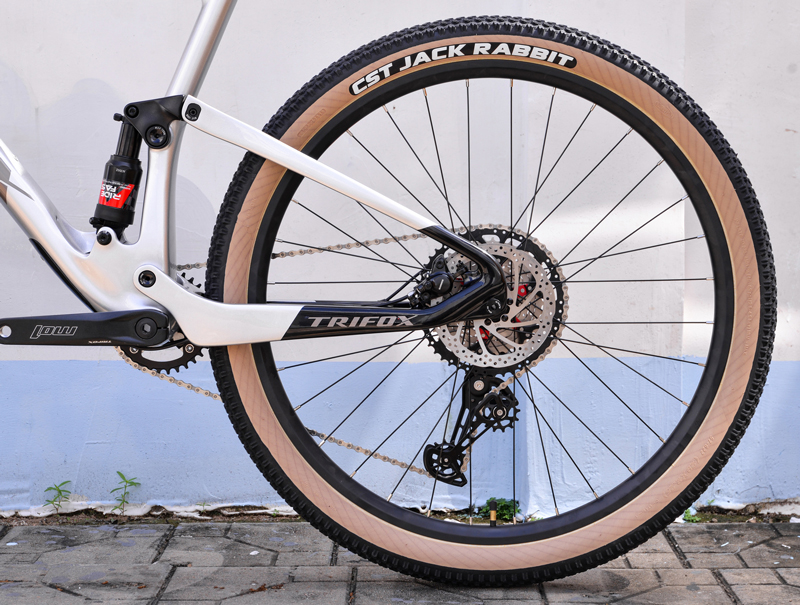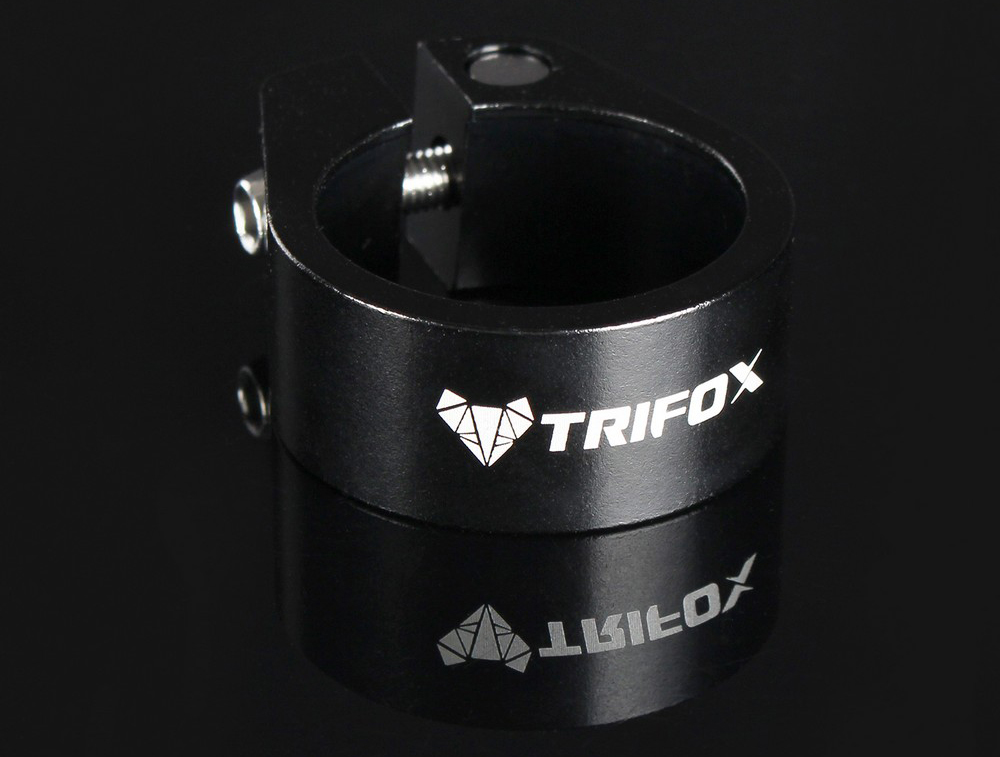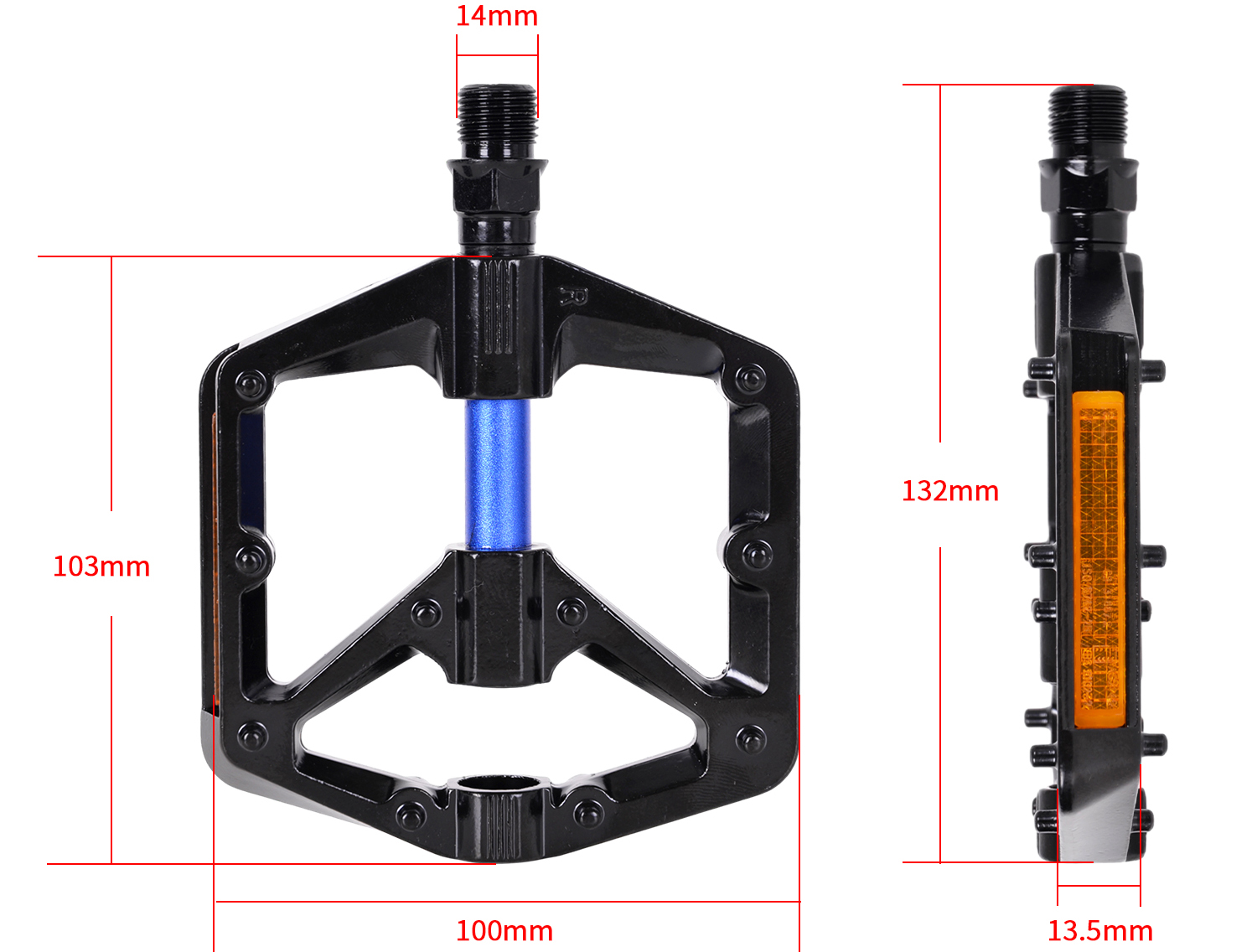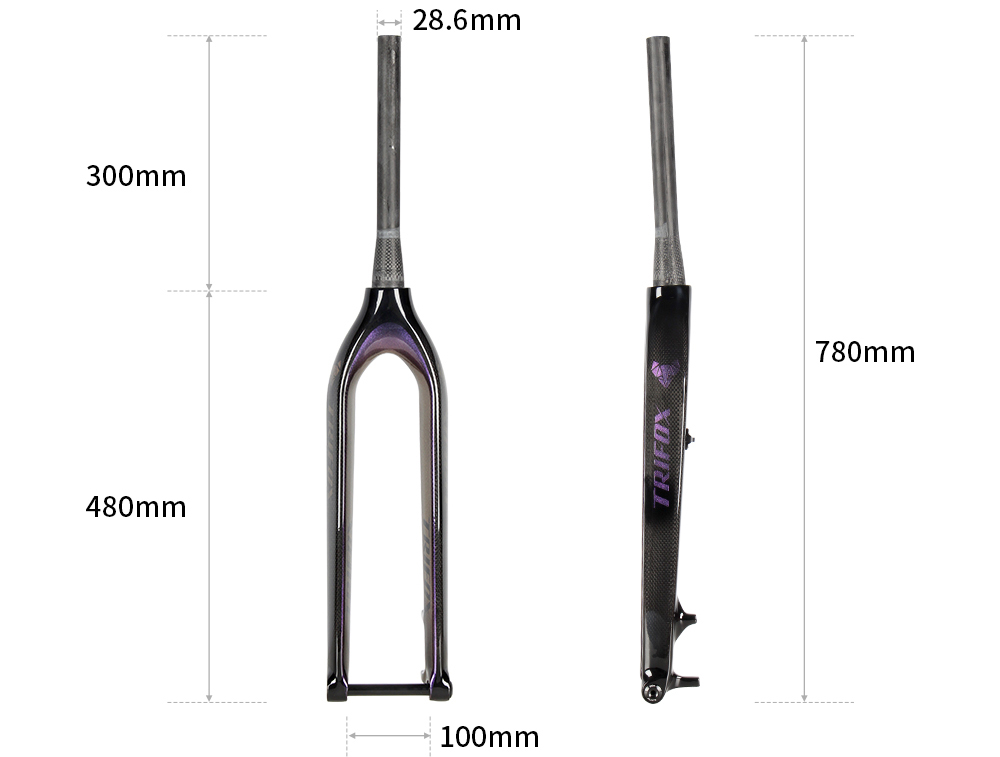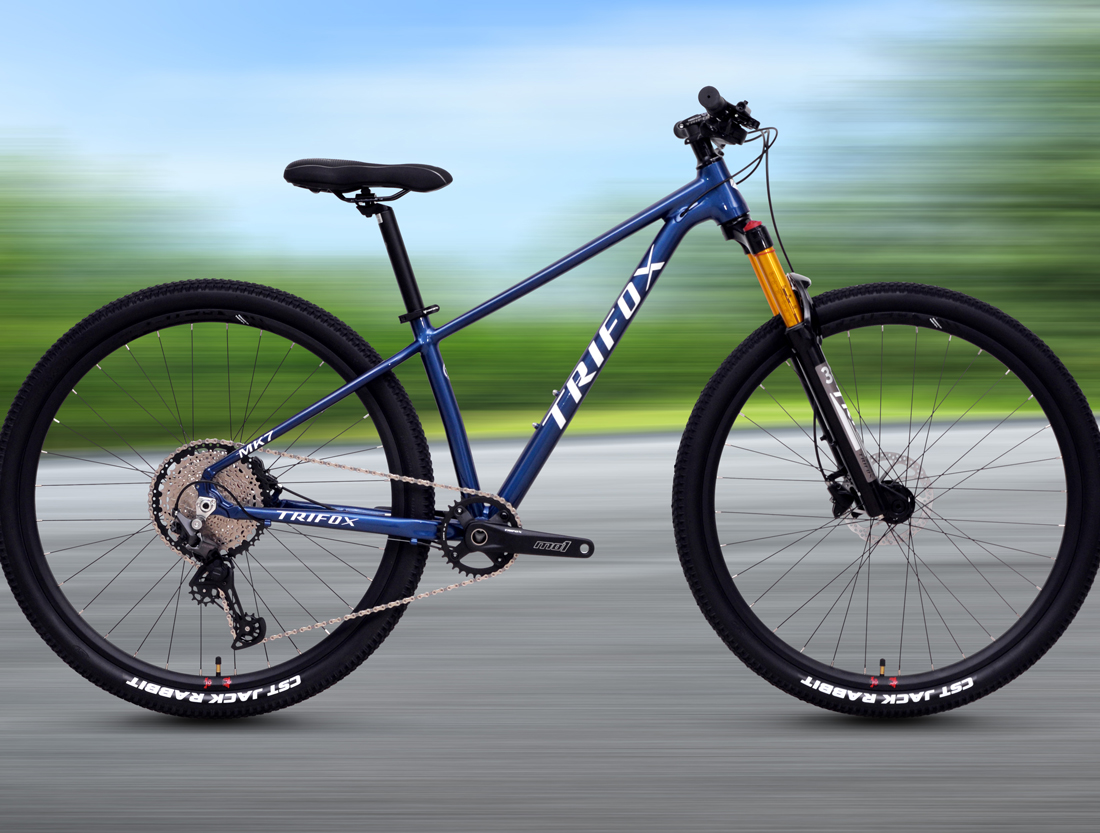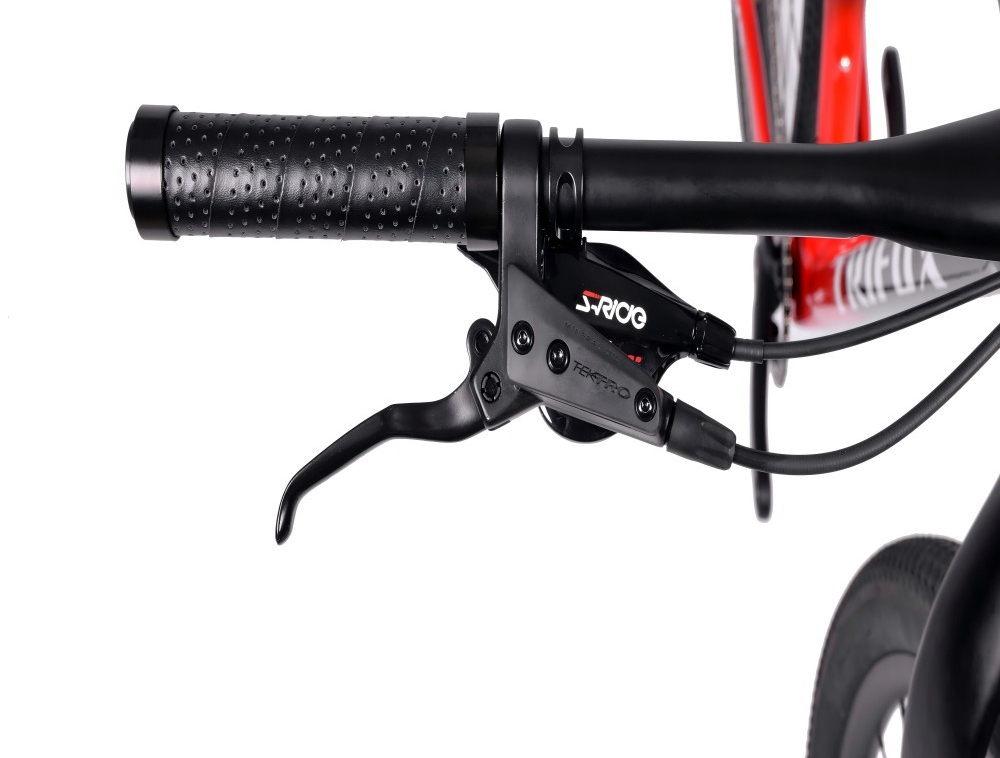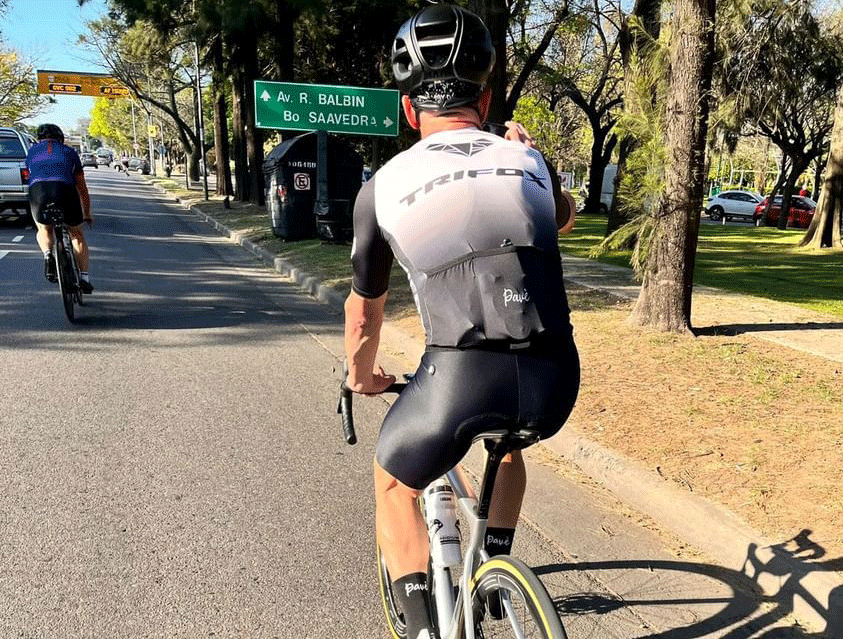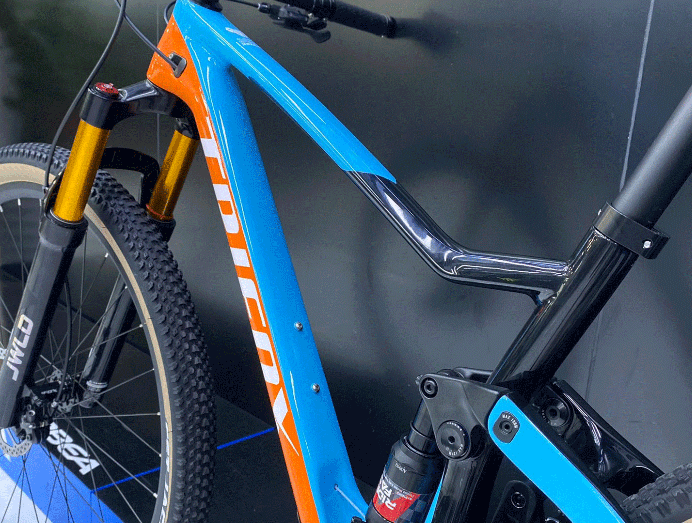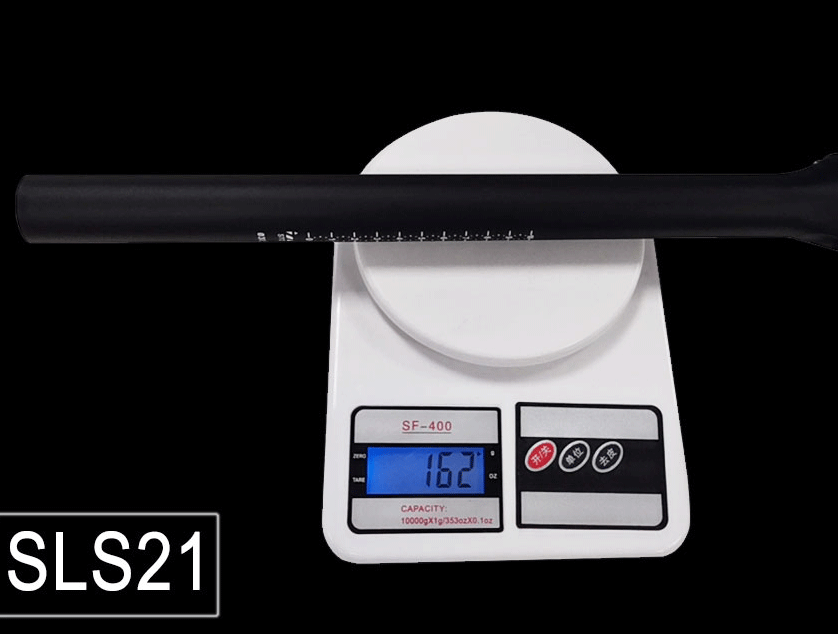Determining the perfect tire width is essential for achieving a comfortable bike ride. Tire width influences various aspects of your cycling experience, including comfort, rolling resistance, and handling. Here's how to select the ideal tire width for your needs.
First, consider your riding terrain. If you primarily ride on smooth, paved roads, narrower tires (23-28mm) are typically preferred. These tires offer less rolling resistance, allowing for faster speeds and efficient performance. However, if you frequently encounter rough or uneven surfaces, wider tires (30-35mm or more) provide better shock absorption and comfort, as they can handle bumps and imperfections more effectively.
Next, think about your riding style. Competitive road cyclists often opt for narrower tires because they prioritize speed and aerodynamics. On the other hand, recreational riders and commuters may find that wider tires are more comfortable for longer rides, as they reduce vibrations and provide a smoother experience.
Bike compatibility is another important factor. Ensure that your bike frame and fork have enough clearance to accommodate the desired tire width. Modern road bikes and gravel bikes are designed to support wider tires, but it's always best to check the manufacturer's specifications for your specific model.
Consider the impact of tire width on pressure. Wider tires can be run at lower pressures without the risk of pinch flats. Lower pressure allows the tire to conform to the surface better, improving grip and comfort. For instance, a 32mm tire can be comfortably ridden at lower pressures than a 25mm tire, providing a cushier ride.
Evaluate the trade-off between comfort and performance. While wider tires offer enhanced comfort, they can slightly increase rolling resistance compared to narrower ones. However, advancements in tire technology have minimized this gap, making wider tires a viable option even for performance-oriented cyclists.
Finally, personal preference plays a significant role. Some cyclists prefer the nimble feel of narrower tires, while others appreciate the stability and confidence that wider tires provide. It's a good idea to experiment with different widths to find what feels best for you.
In conclusion, determining the perfect tire width involves considering your riding terrain, style, bike compatibility, and personal preference. By taking these factors into account, you can select a tire width that enhances comfort and improves your overall cycling experience. Happy riding!
